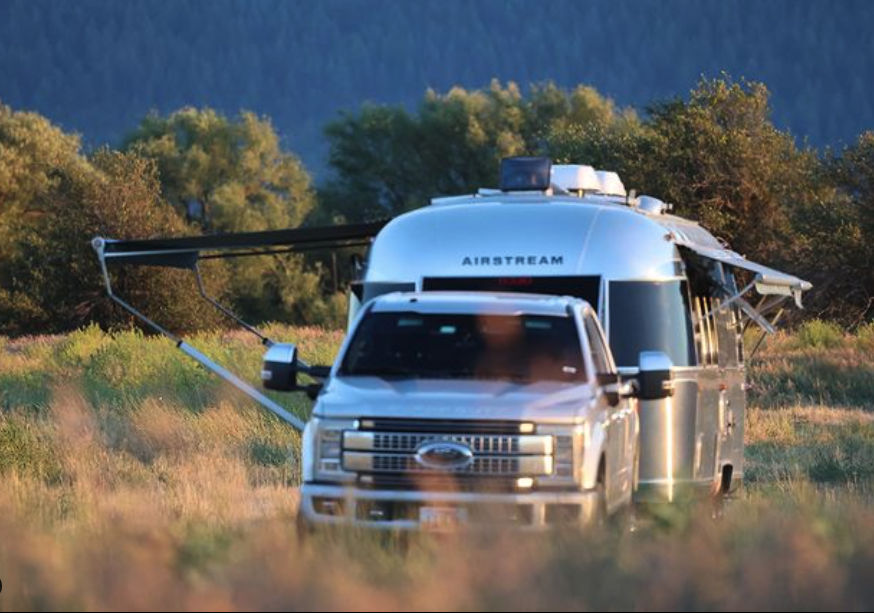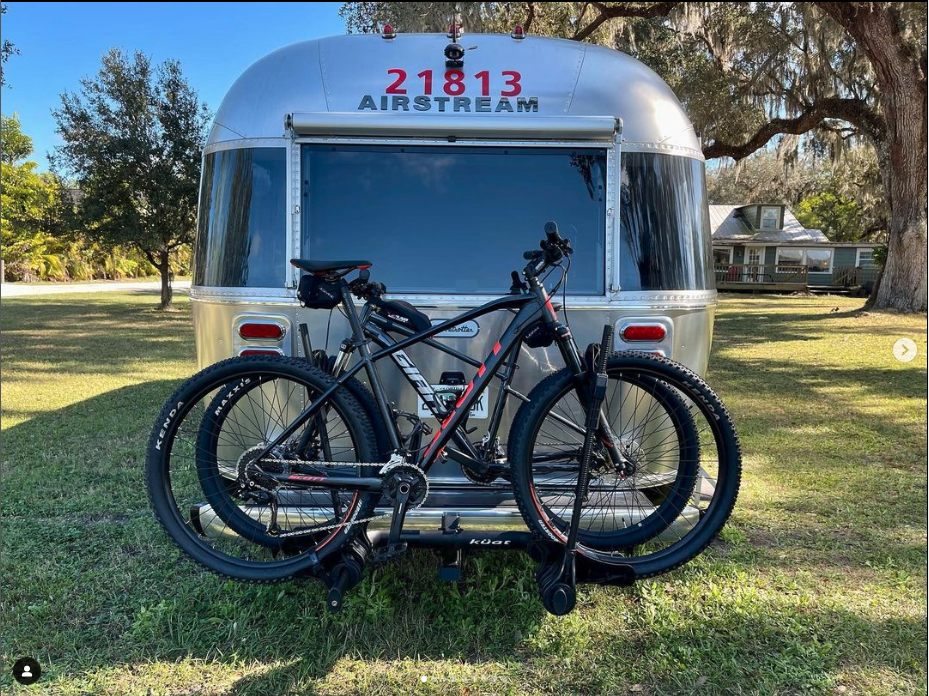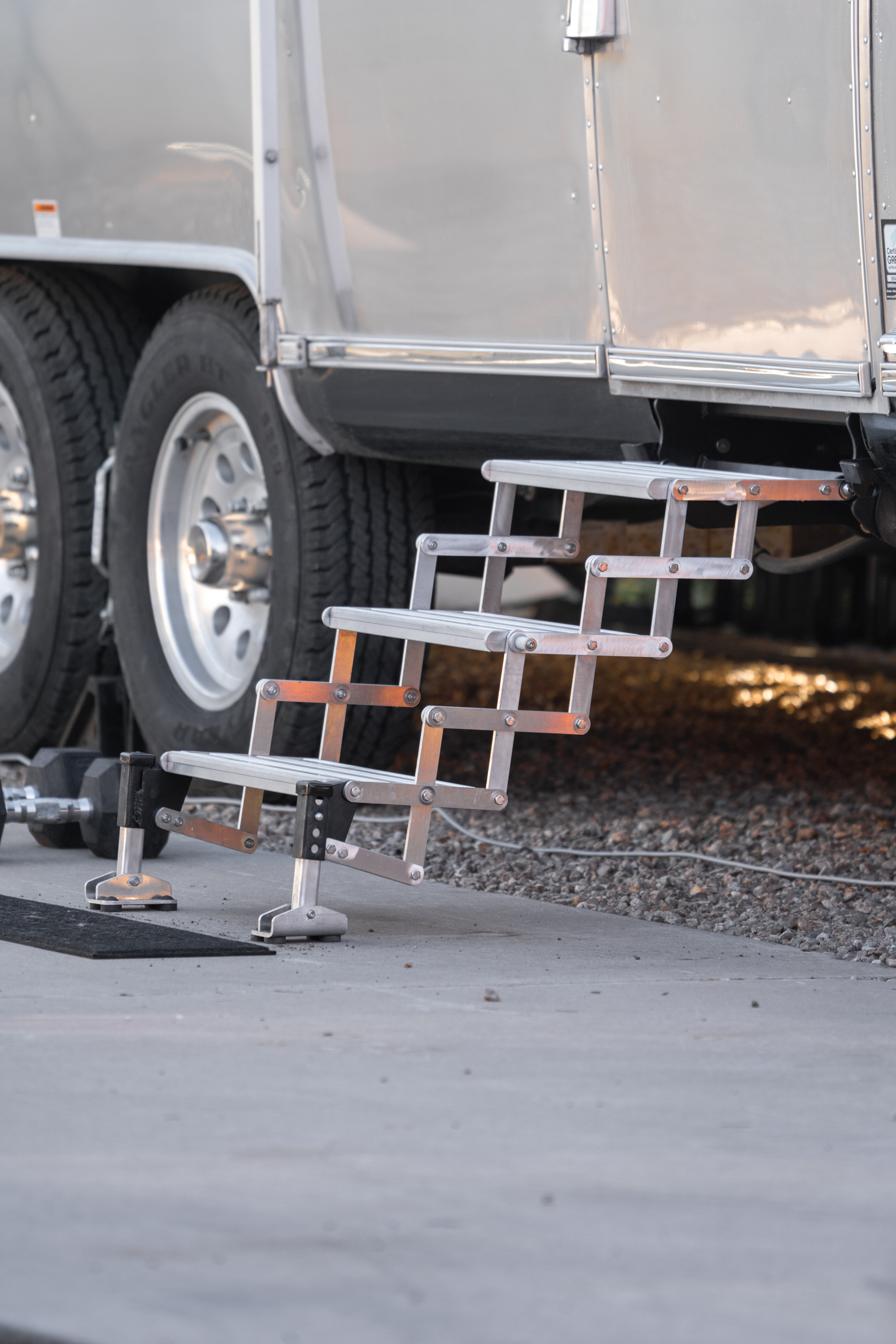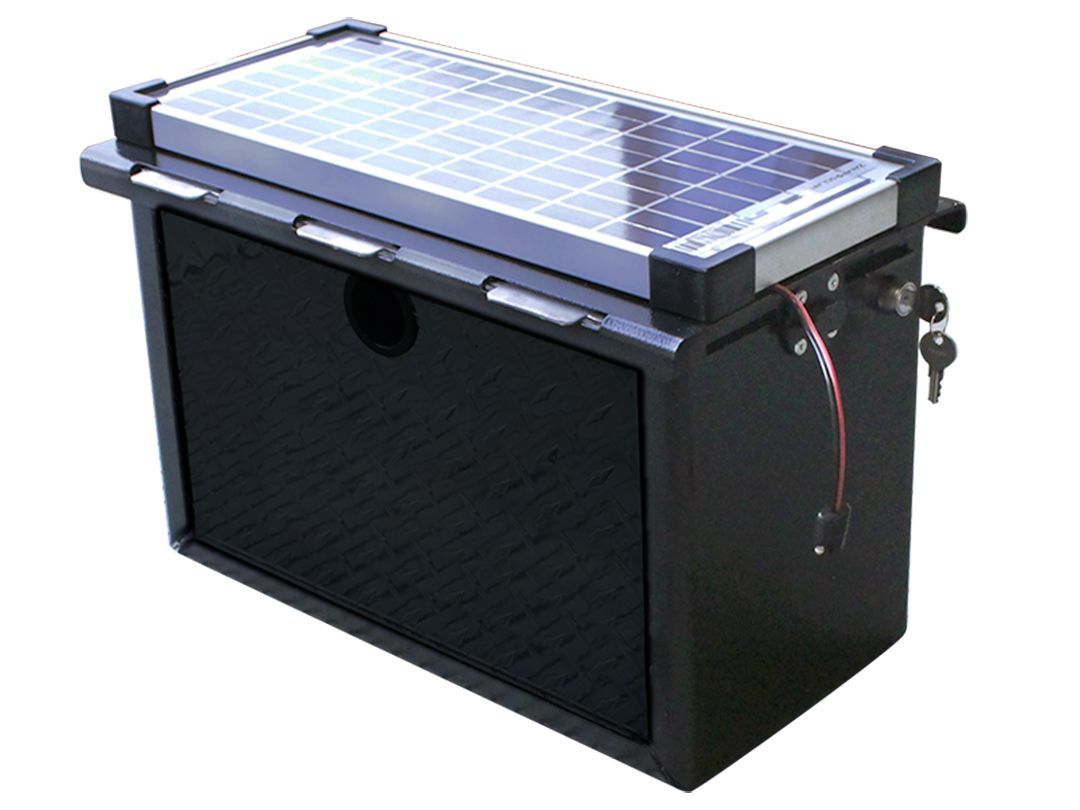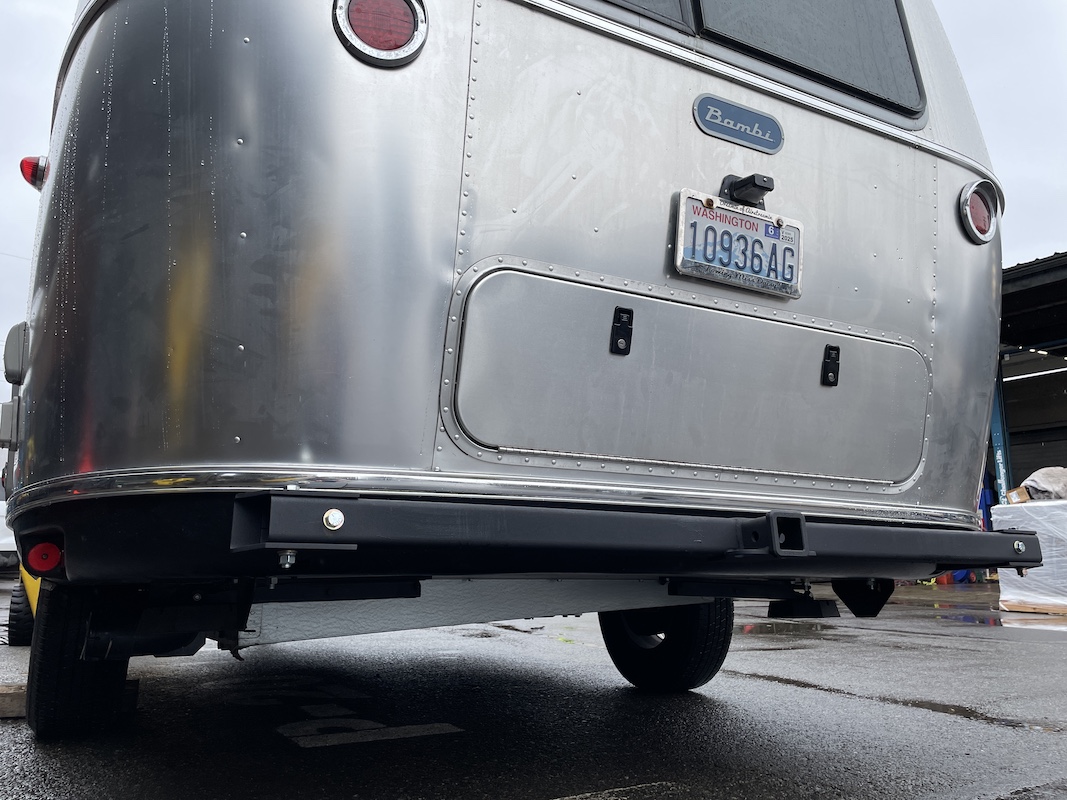
Airstream Bambi owners, get ready for the ultimate upgrade! Torklift is proud to introduce the newest TailoredHitch fitment designed specifically for Airstream Bambi trailers. Engineered with precision and durability in mind, this hitch is built to match the quality and reliability that Airstream owners expect. Whether you’re planning a cross-country adventure or just hitting the road for a weekend getaway, this hitch ensures a safe, secure, and seamless towing experience.
Why Choose the TailoredHitch for Your Airstream Bambi?
Towing with a Airstream Bambi requires a hitch that is designed to meet the specific needs of your trailer. That’s where the TailoredHitch comes in. This hitch is custom-engineered for a perfect fit, ensuring optimal ground clearance and an effortless towing setup.
Key Features of the Airstream Bambi TailoredHitch:
- Precision Fit – Designed exclusively for Airstream Bambi trailers for a seamless installation.
- Superior Strength – Built with high-grade materials to handle loads while maintaining structural integrity. This hitch features a rust-free, stainless steel receiver so that you don't have to worry about a rusty eye sore on the back of your Bambi.
- Optimized Ground Clearance – Maintains the Airstream’s sleek profile while allowing smooth travel over uneven terrain. The hitch integrates perfectly with the trailer’s design, so there’s no compromise on style.
Limited-Time Presale – Order Now!
The TailoredHitch for Airstream Bambi trailers is currently available for presale, but only for a limited time. This is your opportunity to be among the first to upgrade your trailer with a hitch that is designed specifically for your setup. Don’t wait—secure your TailoredHitch now before the presale ends!
How to Order
Order your TailoredHitch for Airstream Bambi today before presale pricing ends! Check out Torklift Central to place your order and get ready to experience the ultimate Airstream upgrade.
Upgrade your Airstream Bambi with TailoredHitch – Because your trailer deserves the best.

